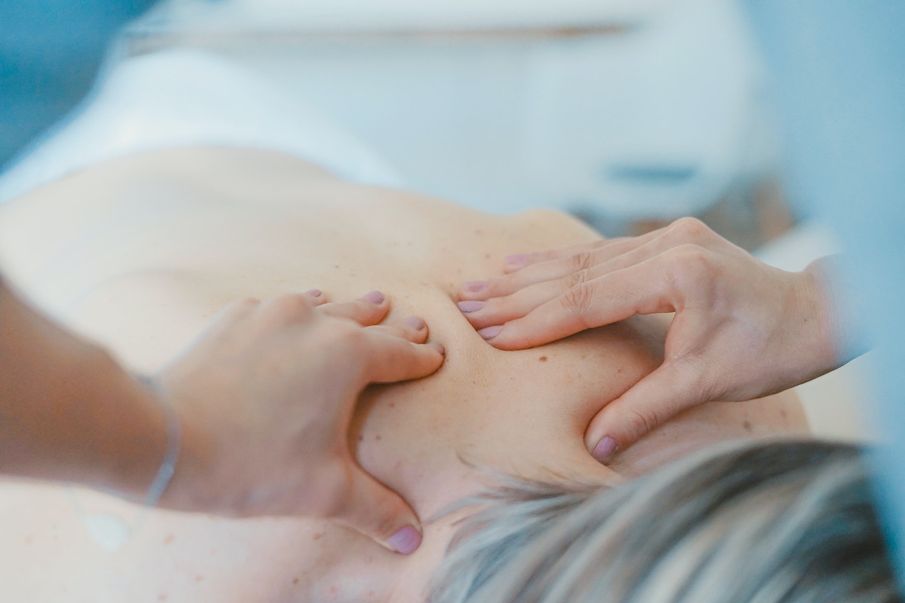When we are in pain, our first port of call is usually to reach for over-the-counter pain relief. Some pain requires medicine to effectively manage it, but there are other holistic ways to relieve pain for those that want to try a more natural approach
A holistic approach to pain management is one that considers our emotional, mental and spiritual wellness, as well as our physical. Sometimes, holistic methods can be enough to relieve pain on their own, but they can also be used alongside traditional medicine.
1. Acupuncture: Headaches and migraines
Headaches are common for a lot of us, but frequent headaches are usually associated with stress and anxiety. Acupuncture can be an effective way to relieve the symptoms of stress and anxiety, and therefore the pain you experience in your head. But, it’s important to pay attention to where exactly your pain is, as different types of headaches can determine where your acupuncturist will target. For example, if a headache gets better when you lie down, this might indicate a deficiency headache, so the acupuncturist would look to improve the flow of Qi and blood around your body.
2. Massage: Neck, back, and shoulder pain
Massages are typically thought of as being for relaxation purposes, but they can also be effective at targeting pain and sports injuries. For chronic aches and pains in your back, neck, and shoulders, a deep tissue massage is an intensive treatment designed to relieve tension in your muscles. It’s most commonly used in sports and for other medical reasons by physiotherapists and chiropractors.
3. Physiotherapy: Sports injuries
Exercise is a great way to keep active and healthy, but we can be prone to injuries, particularly if out on the football pitch or going for a run. This might be a result of insufficient warm-ups or cool-downs, or simply having an accident.
Physiotherapy is often confused with sports therapy - the difference being that sports therapists work to prevent and treat injuries using a variety of techniques, including physio. Normally, patients will be referred to have physio through a GP. Physiotherapy can help relieve both acute (short-term) and chronic (long-term) pain. It’s designed to rehabilitate and re-educate the patient on the movement of the body.
4. Osteopathy: Joint pain
Osteopathy is the process of diagnosing, treating, and managing musculoskeletal conditions (skeleton, muscles, ligaments, and tissue).
Osteopaths use manipulation techniques around the spine and joints to try to harmonise the synchronisation of the connective elements of the body. There are a variety of techniques that can be used depending on the area causing pain and will differ from patient to patient. Some methods include: soft tissue massage, cranial osteopathy and myofascial release.
5. Wim Hof Method: Undiagnosed or chronic pain
This method, made famous by the ‘iceman’, is used to target the symptoms of whole body pain and involves exposure to cold (normally through freezing showers or ice baths) and learning controlled breathing techniques. The Wim Hof method has thought to be particularly beneficial for fibromyalgia.
Loeke shares her journey with MS and the Wim Hof Method.
If you are experiencing pain, you can find a holistic therapy to help you manage it on Therapy Directory.


Comments